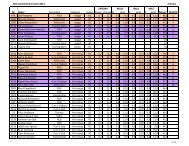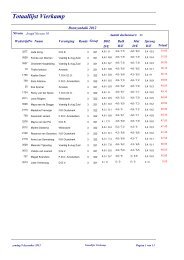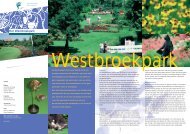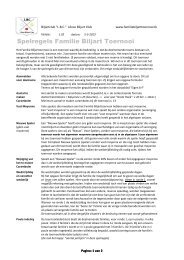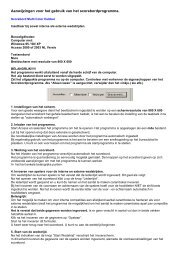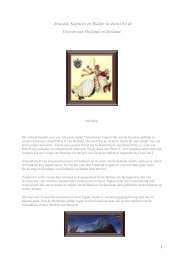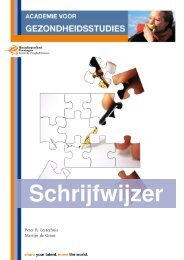Alusil, Lokasil, Silitec, DiASil, Mercosil, ALBOND—these ... - Online.nl
Alusil, Lokasil, Silitec, DiASil, Mercosil, ALBOND—these ... - Online.nl
Alusil, Lokasil, Silitec, DiASil, Mercosil, ALBOND—these ... - Online.nl
Create successful ePaper yourself
Turn your PDF publications into a flip-book with our unique Google optimized e-Paper software.
or rebuilder. The intent is for the piston rings to ride on the silicon particles, not the aluminum<br />
cylinder wall.<br />
Hypereutectic aluminum cylinders have evolved considerably since the Vega. And while GM led the<br />
way with the Vega engine, today Europe and Japan are leading the trend to the linerless aluminum<br />
block. OEMs using the material include Mercedes, Audi, Porsche, BMW, Volvo, VW, Jaguar, Yamaha<br />
and Honda. Manufacturers of power sport vehicles, outboard motors and compressors also use<br />
hypereutectic cylinders.<br />
Finishing Without Chemicals<br />
For the OEM, chemical etching of the cylinder wall was a non-traditional process and an<br />
intermediate step. The OEM wants to pour the block and put it in a transfer line. Chemical etching<br />
also became increasingly burdensome as environmental regulations tightened.<br />
Whether it's in a rebuild shop or an OEM plant, the key to preparing the cylinder surface is to expose<br />
a tribologically optimized wear surface of silicon that withstands the grinding friction of pistons<br />
rings on the bore surface [Figure 1]. This requires relieving a small amount of aluminum from<br />
around the silicon particles. The ideal surface should have flats on the silicon crystals and crystal<br />
protrusion of 0.00002" to 0.00004" (0.5 to 1 micron) above the aluminum, with a minimum amount<br />
of holes (crystals torn from aluminum) and fractured crystals. The end product can be visualized as<br />
lily pads (hard silicon) sitting on still water [Figure 2].<br />
Hypereutectic aluminum crankcases present another obstacle for metal cutting, which has led to<br />
advancements in the way the alloy is formulated. Silicon particles quickly destroy cutting tools. As a<br />
response to this obstacle, several solutions have evolved, and tooling has improved with PCD and<br />
similar materials. Much effort has also been focused on improving tooling life by altering metallurgy<br />
to reduce silicon particle size, while retaining the excellent tribological properties of the<br />
hypereutectic surface. Based on SEM (scanning electron microscope) and VEECO-Scan studies of<br />
early cylinder surfaces and new products on the market today, the silicon crystals appear to have<br />
been reduced in size from about 10 microns originally to about 1 micron today, which would<br />
materially improve the machinability of the material [Figure 3].<br />
OEMs are devising ways to localize and limit the use of silicon through the use of cast-in<br />
hypereutectic aluminum liners, selective die casting and flame-sprayed coatings. Casting the block<br />
around special liners complicates the molding step and production rate. Flame spraying represents<br />
an additional process step between the mold and the transfer line.<br />
The “Holy Grail” is the ideal combination of metallurgy, cutting tools and lowest-cost casting<br />
technology that allows machining blocks straight from the mold, and some OEMs have found it.<br />
Finished Cylinder Bore Specifications<br />
On the rebuilder's side, Sunnen developed a GM-certified method for restoring a factory-quality<br />
surface for the Vega engine. Damaged bores were honed oversize using conventional abrasives,<br />
followed by an exposure step using a special lapping paste and felt honing pads. The process could<br />
be used with hand-held portable tools or honing machines, and it produced excellent results and<br />
was ideal for occasional users. That process has since evolved, thanks to metal-bond diamond<br />
abrasives, and today there is a new honing option for OEMs or production rebuilders, as well as the<br />
low-volume rebuilder. It should also be noted that rebuilders have the option to use a replacement,<br />
press-fit hypereutectic aluminum cylinder liner available from Kolbenschmidt if a cylinder is



